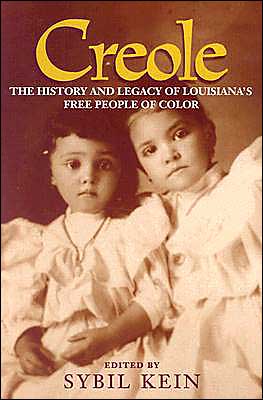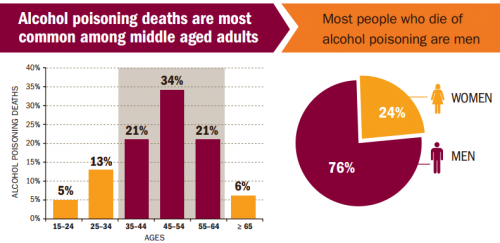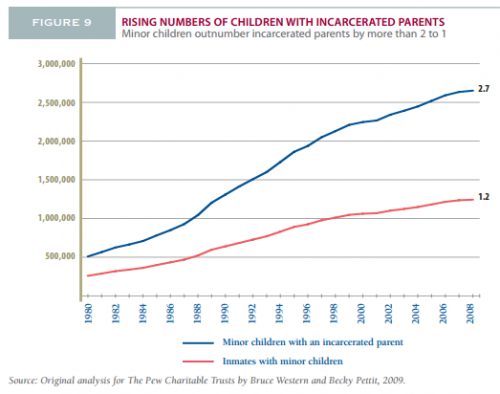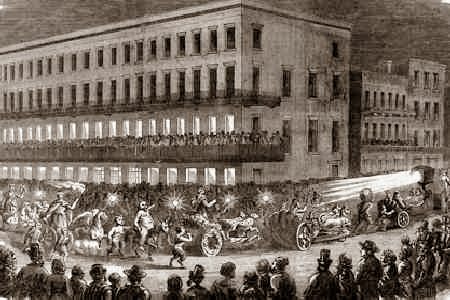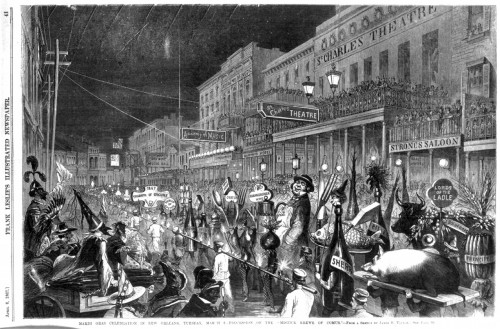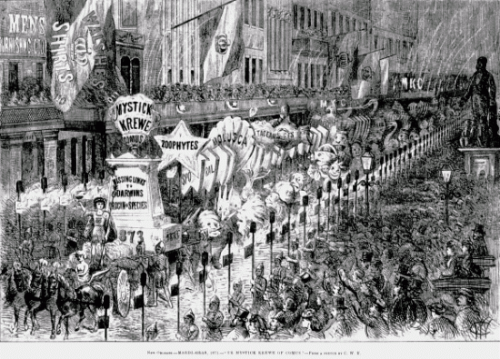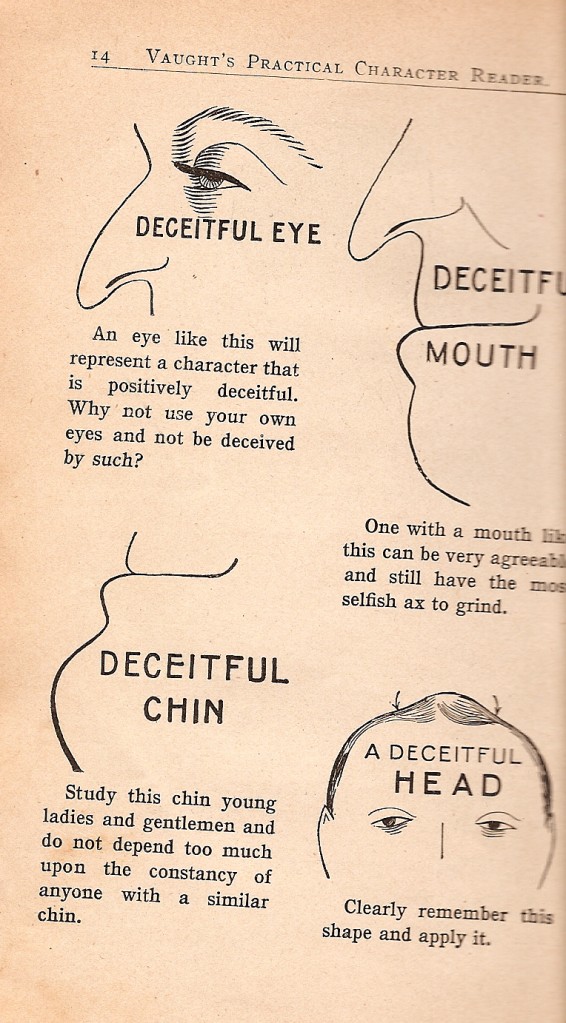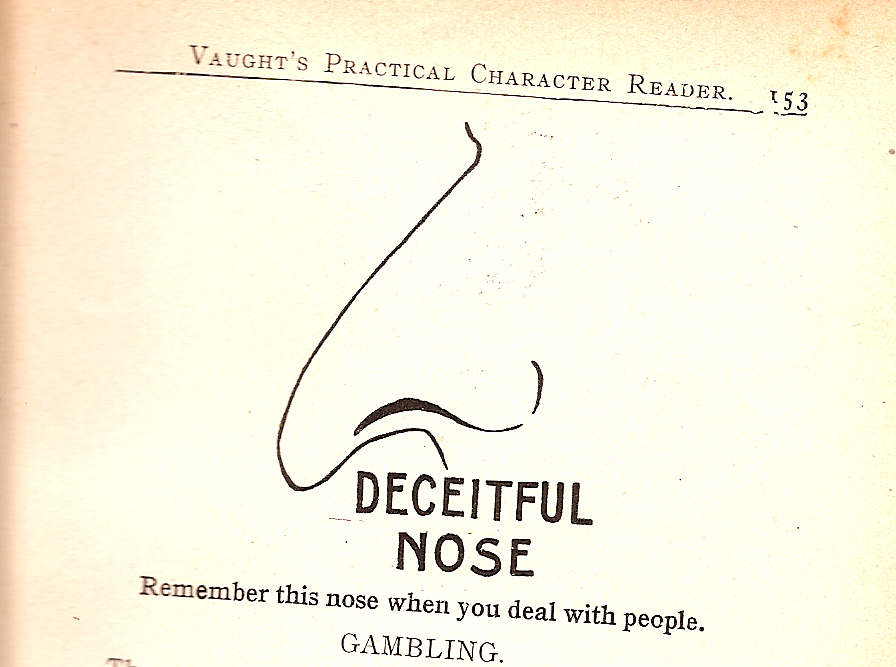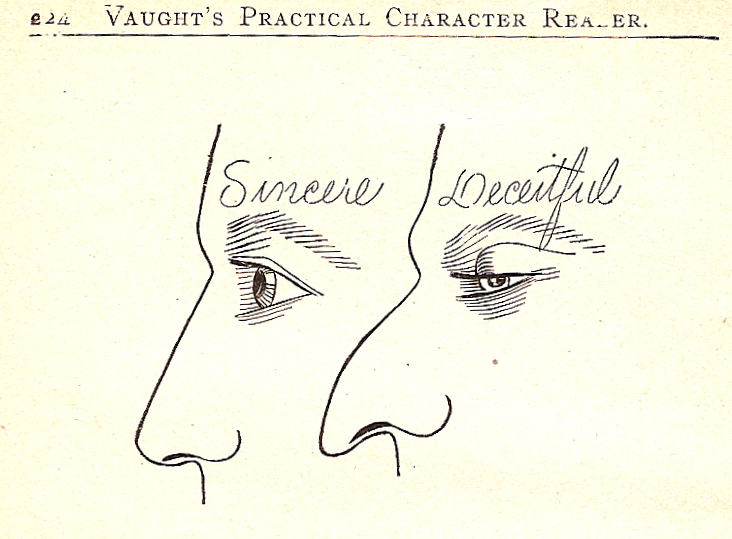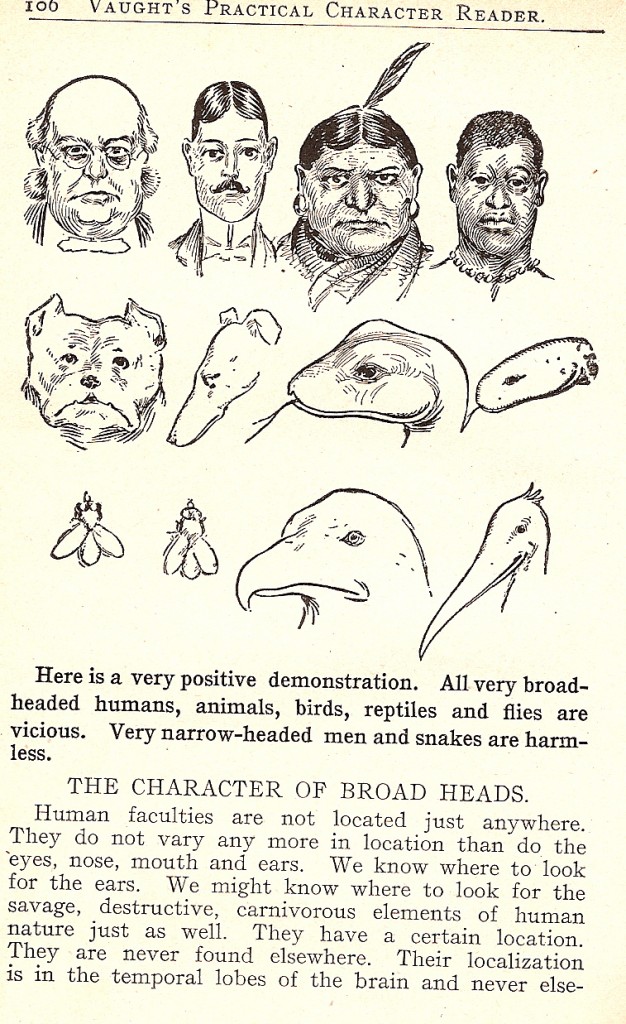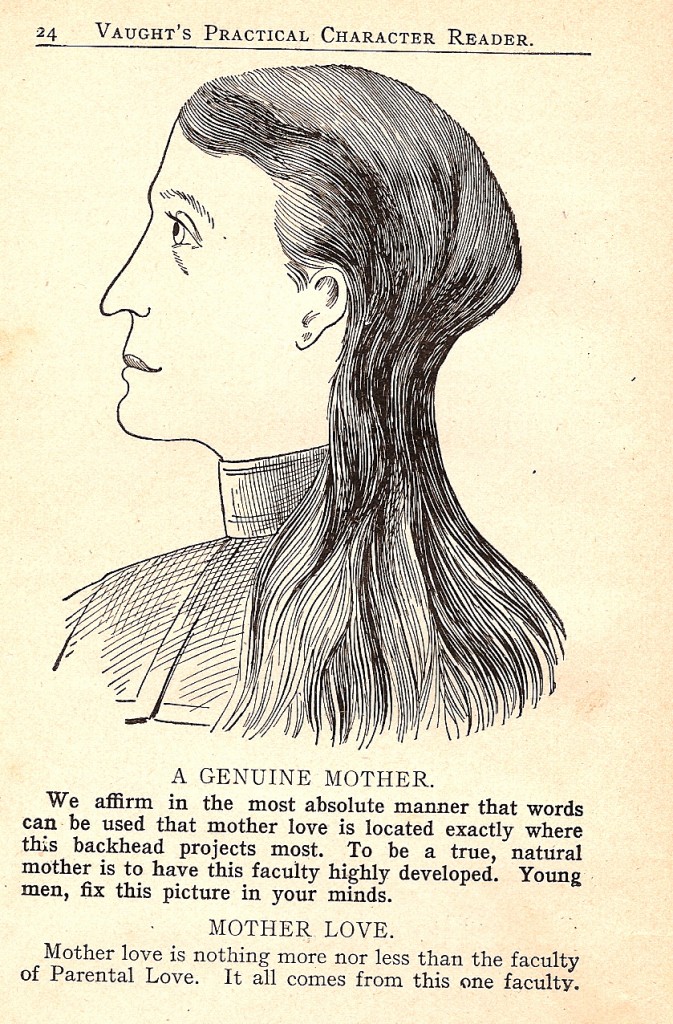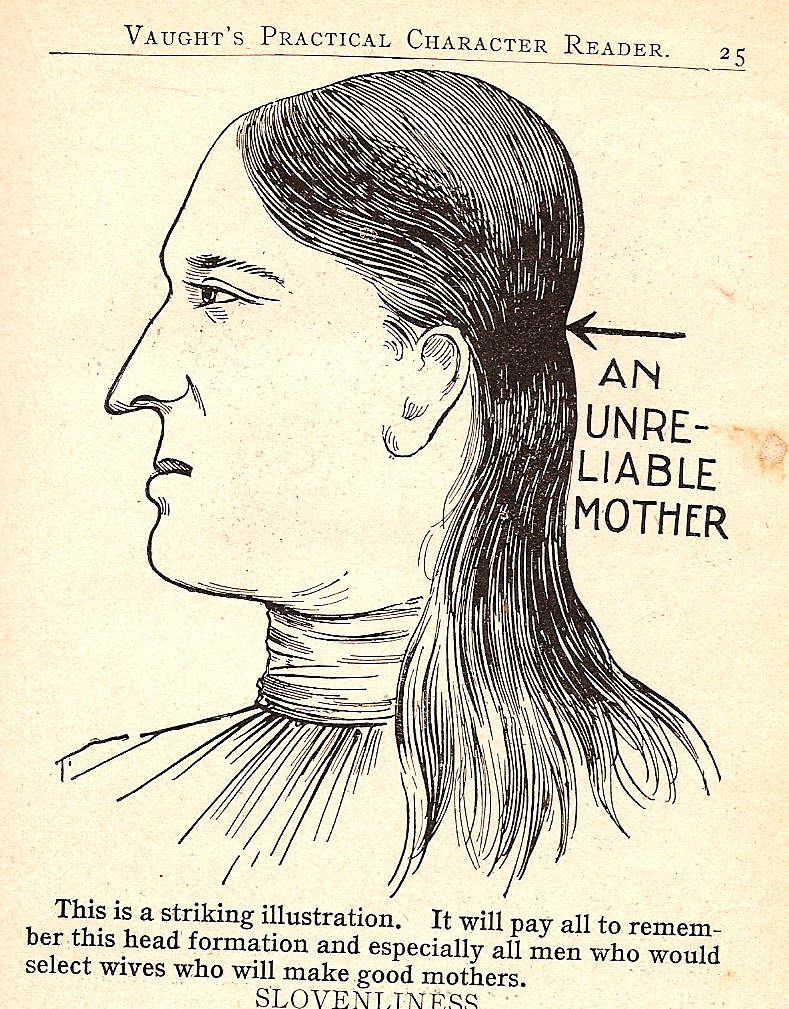Flashback Friday.
Having a criminal record negatively affects the likelihood of being considered for a job. Devah Pager conducted a matched-pair experiment in which she had male testers apply for the same entry-level jobs advertised in Milwaukee newspapers. She gave the assistants fake credentials that make them equivalent in terms of education, job experience, and so on. Half were Black and half White.
One tester from each pair was instructed to indicate that they had a past non-violent drug possession offense. Pager then collected data on how many of the applicants were called back for an interview after submitting their fake applications.
The results indicate that getting a job with a criminal record is difficult. Having even a non-violent drug offense had a significant impact on rates of callbacks:
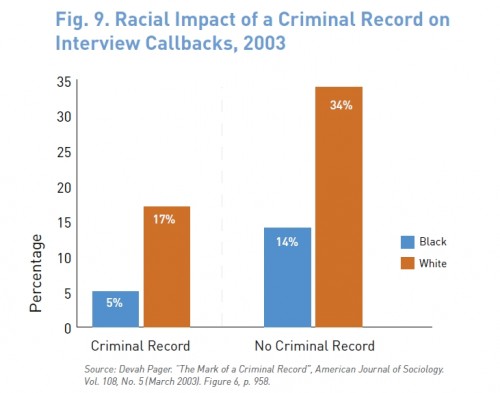
What was surprising was that race actually turned out to be more significant than a criminal background. Notice that employers were more likely to call Whites with a criminal record (17% were offered an interview) than Blacks without a criminal record (14%). And while having a criminal background hurt all applicants’ chances of getting an interview, African Americans with a non-violent offense faced particularly dismal employment prospects. Imagine if the fake criminal offense had been for a property or violent crime?
In addition, according to Pager, employers seemed to expect that Black applicants might have a criminal record:
When people think of Black men they think of a criminal. It affects the way Black men are treated in the labor market. In fact, Black testers in our study were likely to be asked up front if they have a criminal record, while whites were rarely asked…
African American men face a double barrier: higher rates of incarceration and racial discrimination.
Originally posted in 2009.
Gwen Sharp is an associate professor of sociology at Nevada State College. You can follow her on Twitter at @gwensharpnv.


